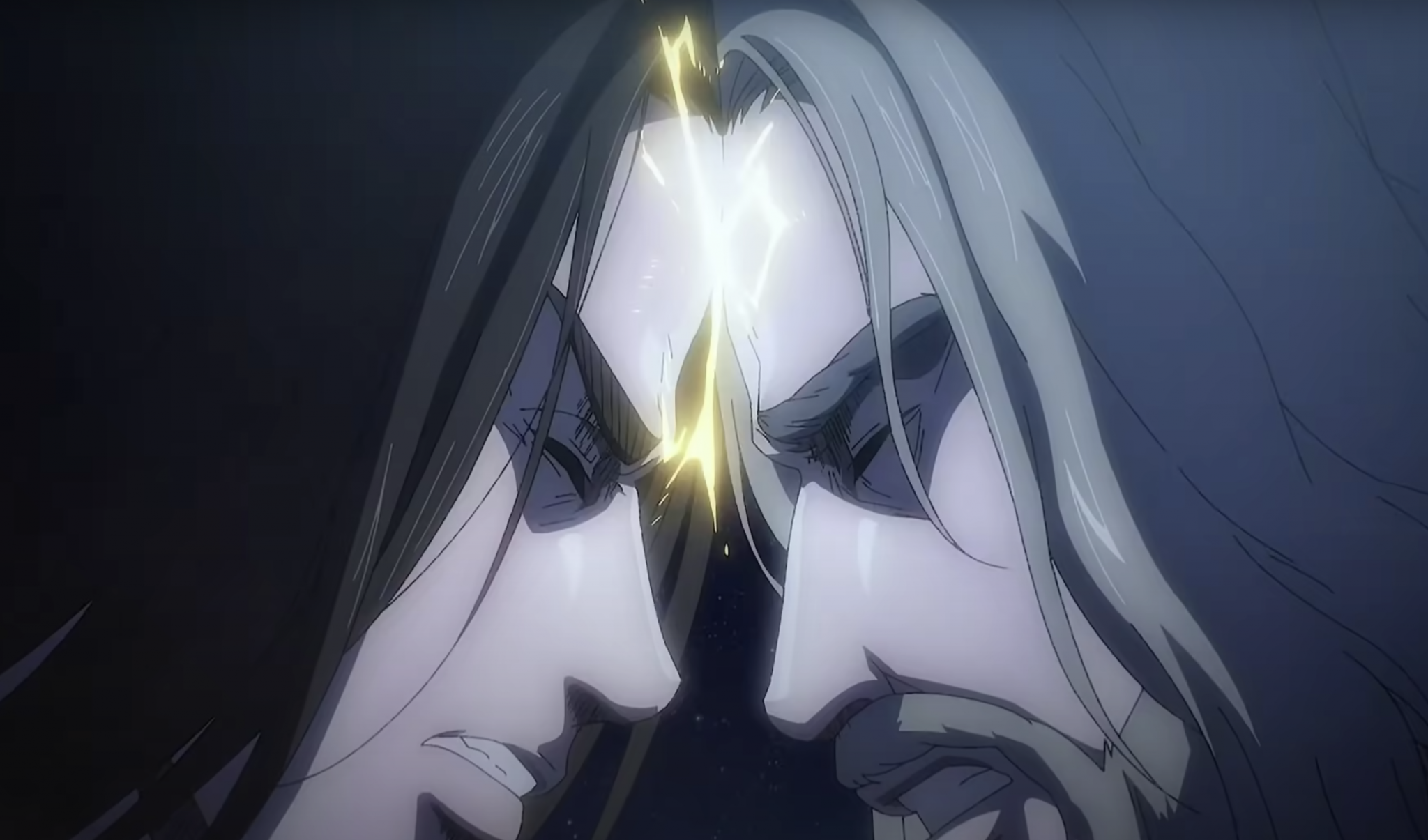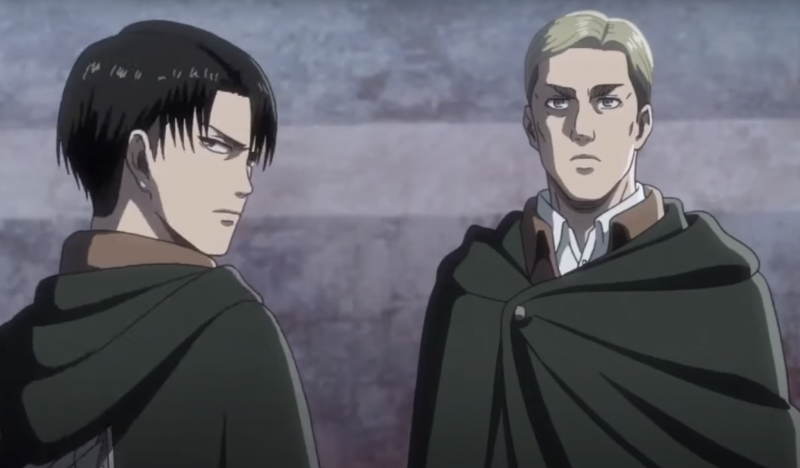The far-reaching popularity and cultural impact of “Attack on Titan”

In the first month of 2022, the second part of Attack on Titan’s final season was released worldwide. This release was anticipated greatly by fans of the anime and manga alike, as they waited with bated breath for the conclusion of Eren Jaeger’s story. Episode 76, titled “Judgement,” picks up where the first half of the season left off.
However, over the course of the second part of the season thus far, one episode, in particular, has stood out. The episode ‘Two Brothers’ actually ranked second in IMDB’s top ten rated episodes ever list with a 10/10 – on par with episodes from Breaking Bad and Game of Thrones.
How has an anime series managed to have this large of an impact on today’s culture? What could possibly be so special about it?
For the uninitiated, Attack on Titan (Shingeki no Kyojin) is a manga/anime series that has become a worldwide phenomenon. The series spans over 34 volumes and 83 episodes (as of the end of February). Written by Hajime Isayama, the series tells the story of Eren Jaeger, a young boy from Shiganshina inside of Wall Maria on the Island of Paradis. Growing up inside of Wall Maria, Eren and his friends Mikasa Ackerman and Armin Arlert have their childhood innocence snatched from them as their city is crushed by titans due to the unexpected emergence of the 60 meter Colossal Titan. Spurred into action due to his mother’s death during the flattening of the city, Eren and his friends join the Survey Corps – a group of soldiers dedicated to land expansion, exploration and the study of titans.
Of course, this is a simple explanation of the series. Anyone who has watched the series or read the manga will tell you that there is far more – the story behind the titans is elaborate and as the series progresses the storylines only become more complex and intertwined.
Any further information would be a huge spoiler – the series is one that should be started without any prior information given. Unfortunately, due to its popularity, spoilers surrounding the series can be difficult to ignore.
To gain an understanding of why Attack on Titan has had such a large cultural impact, I spoke to Sandra Annette, Associate Professor in the Film Studies department at Wilfrid Laurier University with a focus on digital new media, animated film and Japanese film.
When addressing Attack on Titan’s immense popularity, Annette noted the shift in reception to animated media that has been happening in the west. ”For a long time we had this impression in the west that animation is for kids – it’s all cartoons, right?”
However, as Annette stated, there is now more acceptance for “animated works that tell serious and complex adult stories.”
With dark storylines and scenes featuring extreme violence, Attack on Titan is far from being appropriate for a young audience. In addition, it isn’t for the faint of heart either – the range of emotions viewers will experience when watching the series is intense.
Due to the rise in popularity of anime in the 1980s and 1990s, the popular culture landscape has reached a point where the medium is taken seriously as an art form – a sentiment that is only exemplified by Netflix’s adoption of the medium in recent years:
“With Netflix picking up a lot of anime series and Attack on Titan gaining such huge followings in the west, there’s this idea that animation is not either for kids or really ultra-violent stuff only for adults.”
With Netflix picking up a lot of anime series and Attack on Titan gaining such huge followings in the west, there’s this idea that animation is not either for kids or really ultra-violent stuff only for adults.
Sandra Annette
This has led to a “medium that can appeal to people across a wide range of ages”, as stated by Annette.
While Attack on Titan is loved by Otakus and casual anime fans alike, the series has also gained recognition from the academic community.
Annette discussed how she is the editor with Mechademia: Second Arc, an academic journal focused on the study of East Asian popular cultures that is doing an issue on 2.5D culture, where theatre and concerts merge.
“I’m editing a paper on bronze statues of anime characters that have been popping up,” Annette explained, detailing how one of the key studies centers on bronze statues of characters from Attack on Titan that have been erected for a dam. The exhibit incorporates AR technology through the use of an app that shows an AR version of a titan coming over the dam.
“Scholars are really interested in how it’s become integrated into public experience”, Annette enthusiastically explained.
Scholars are really interested in how it’s become integrated into public experience.
sandra annette
Attack on Titan is also the subject of multimedia franchise and thematic studies due to the series’s complex narrative and the moral questions it inspires: “we get this sense that the monster is within us. And then academics like to make a big deal out of that – they’re like “oh, it symbolizes the abject” and there are all kinds of psychoanalytic studies of how the titans represent inner monstrosity rather than just something coming to kill us from the outside,” Annette elaborated.
Another interesting aspect of Attack on Titan is the character of Hange Zoe – a character who is not referred to by one specific set of pronouns.
This, as described by Annette, is a common character trope: “It’s like a common character trope to have a female character that uses the masculine first-person pronoun ‘boku’. They’re called ‘bokukko ‘ the girls who say ‘boku’, the girls who call themselves masculine ‘I’”.
Due to the fluidity of Hange’s identity, they have become a beacon for the LGBTQ+ community, with many fans feeling connected to the character.
The connection between Attack on TItan and the LGBTQ+ community is only further tied through the many ‘ships’ present in the series. Ships in this case refer to the romantic pairing of characters rather than those that cross large bodies of water.
“It’s a shonen series for boys and action-oriented. There’s a big tradition too of girls reading shonen manga so that they can ship the male characters, sometimes with each other,” Annette explained.
One such popular male ship that is loved by many women in the Attack on Titan fandom is EruRi, the pairing of Captain Levi Ackerman and Commander Erwin Smith. The pairing has inspired over 9,000 works of fanfiction on Archive of Our Own, one of the most popular fanfiction websites on the internet. Other ships of note are Eremika (Eren x Mikasa), YumiKuri (Ymir x Historia) and JeArmin (Jean x Armin).

It is easy to see why Attack on Titan has become so popular. As elaborated on by Annette, the series has been not only a Japanese “media mix” success but a “global fan culture success.”
With the final season continuing to air every Sunday, it is the perfect time to give the anime a try. As we know, anime is not just a medium for children – as more people begin to recognize this, the medium will only continue to grow in popularity as more series get the recognition they deserve. Attack on Titan will be at the forefront – an example of what both future live-action and anime series should aspire to become. It will stand the test of time and be a series that will continue to be loved by generations to come.

